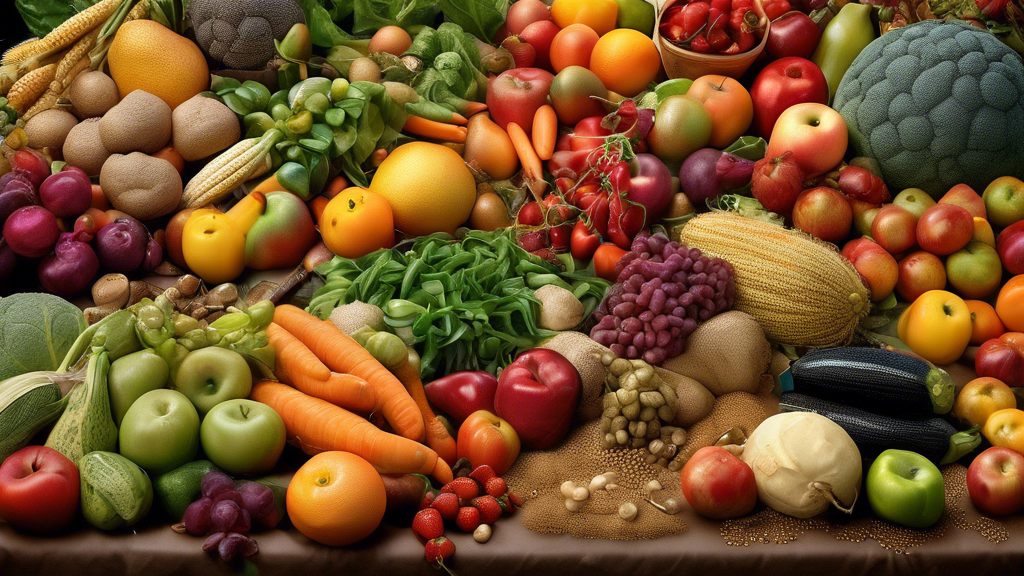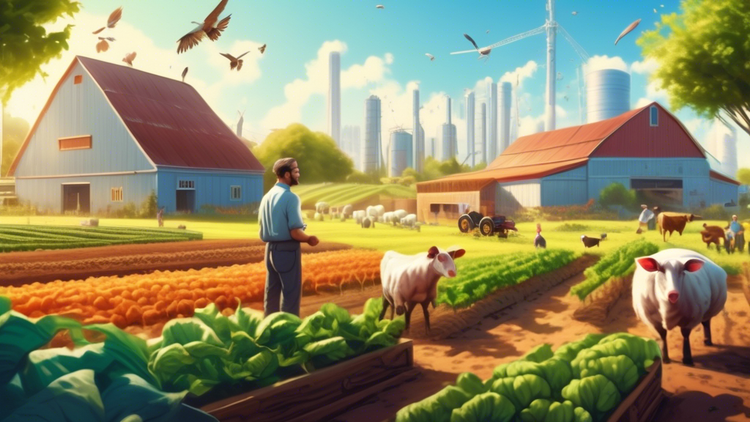Comparatively, the organic selection remains significantly more limited

Assessing the Rift: Organic Versus Conventional Produce Availability
Despite the growing popularity and demand for organic products among consumers, the organic food selection remains markedly smaller in comparison to conventional produce. From grocery store shelves to local farmers' markets, the disparity in availability raises questions about agricultural practices, supply chains, and market demands.
Understanding the Organic Food Market
Organic foods are produced without the use of synthetic pesticides, chemical fertilizers, and genetically modified organisms, adhering to stringent standards that prioritize natural processes and ecological balance. Over the past decade, consumer preference for organic foods has surged, driven by concerns over health, environmental impact, and a desire to support sustainable farming methods. However, transitioning to organic farming is not without its challenges.
Main Factors Limiting Organic Selection
Several key factors contribute to the limited availability of organic produce compared to conventional options:
- Production Costs: Organic farming often involves greater labor input and lower yields, leading to higher costs for farmers and, subsequently, for consumers.
- Regulatory Hurdles: Obtaining and maintaining organic certification is a rigorous and costly process, deterring some farmers from making the switch.
- Supply Chain Inefficiencies: The vast majority of farming infrastructure and supply systems are designed to support conventional farming, creating logistical challenges for organic produce.
- Limited Consumer Understanding: Despite their interest, many consumers are not fully aware of the benefits of organic foods, impacting demand and availability.
Comparing Organic and Conventional Produce Availability
In most supermarkets, the organic produce section is significantly smaller than that of conventional products. This discrepancy is not just evident in the quantity but also in the variety of products offered. Conventional produce benefits from decades of optimization in terms of agriculture technology, supply chain management, and consumer pricing strategies. In contrast, organic produce is still finding its place within these established frameworks.
Efforts to Bridge the Gap
There are several initiatives underway aimed at increasing the availability and decreasing the cost of organic produce:
- Government Subsidies: Some regions offer financial support to organic farmers to help them overcome economic barriers to entry and operation.
- Educational Programs: Increasing consumer awareness about the benefits of organic farming can lead to higher demand and more retail space dedicated to organic products.
- Technological Innovations: New farming technologies and methods are being developed to increase the efficiency and output of organic farms.
- Partnerships Between Farmers and Retailers: Direct partnerships can help streamline the supply chain, reducing costs and improving organic produce availability.
Implications for Stakeholders
The limited selection of organic produce presents both challenges and opportunities for consumers, retailers, and farmers. For consumers, it is essential to continue advocating for organic options and educating oneself about the impactful benefits of organic agriculture. Retailers can seize the opportunity to cater to a market niche that is only expected to grow. For farmers, the transition to organic methods remains a significant, but potentially rewarding, investment in sustainable agriculture.
Here's a thought to consider:
The journey toward expanding organic availability is complex and requires collaboration among all stakeholders involved. As demand continues to grow, and as more efficient and cost-effective farming practices are developed, we can expect to see a gradual rise in both the variety and volume of organic produce on offer. Encouraging and supporting this transition is not only beneficial for our health but also imperative for the sustainability of our environment.
Looking for updates? Sign up to our newsletter for weekly snippets.





